Imagine a world where forests echoed with the slow, thunderous steps of creatures as large as small cars. Millions of years ago, in the sprawling landscapes of South and Central America, giant ground sloths—some towering over six feet tall—roamed beneath towering palm trees. These gentle giants feasted on the fruits and leaves of palms, shaping entire ecosystems with their appetites. But when the sloths vanished, their favorite palms faced an uncertain future. How have these ancient trees managed to persist without their colossal partners? The answer is both surprising and awe-inspiring, shedding new light on the resilience of nature and the intricate connections that bind life together.
The Ancient Partnership: Sloths and Palms

Long before humans walked the Americas, the relationship between giant ground sloths and palm trees was a marvel of coevolution. These massive herbivores, with their long, curved claws and lumbering gait, relied on palm fruits as a staple food source. In return, palms depended on sloths to spread their seeds far and wide, ensuring new generations sprouted across the forest floor. It was a partnership forged over millennia, with each shaping the other’s destiny in a delicate ecological dance. This symbiosis was so profound that many palm species evolved large, tough fruits perfectly suited for sloth consumption and dispersal.
The Extinction Event: When Giants Disappeared
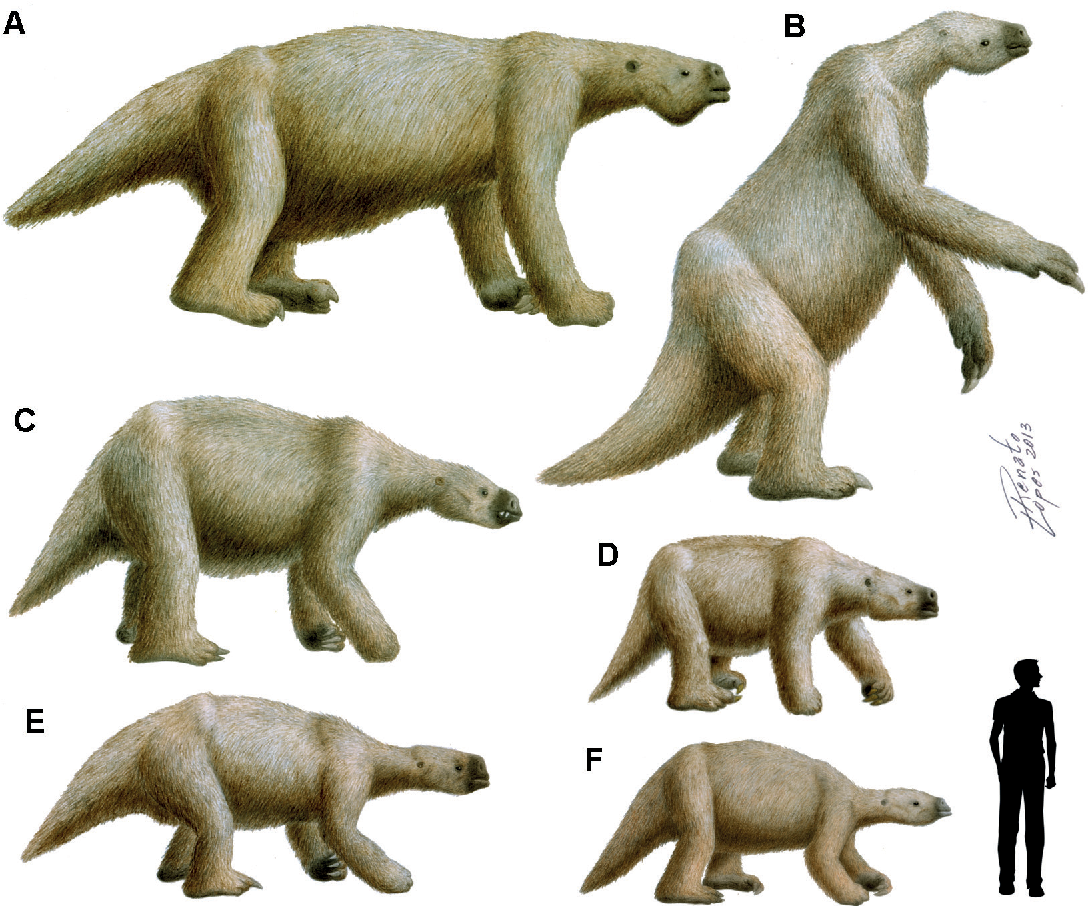
Roughly 10,000 years ago, a wave of extinctions swept through the Americas, erasing the giant ground sloths from existence. The reasons are still debated—climate change, overhunting by early humans, or perhaps a deadly combination of both. Suddenly, the palms that once relied on these megafauna for seed dispersal found themselves abandoned. The world changed almost overnight, and the palms faced a challenge unlike any before. Without their ancient partners, how could they continue their life cycle, and would they even survive?
Seed Dispersal: A Puzzle Without the Pieces
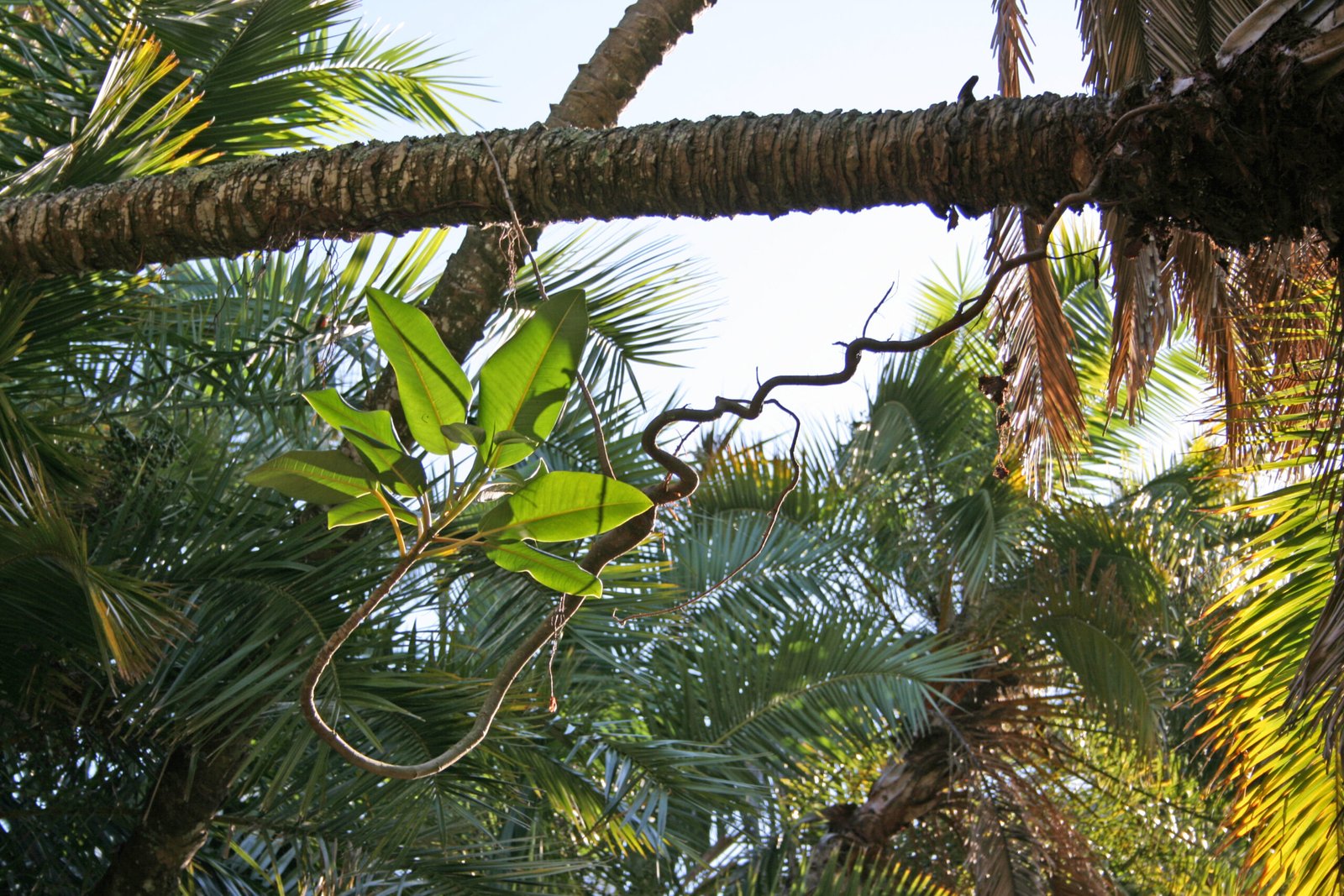
Seed dispersal is crucial for the survival of any plant species. For palms, whose seeds are often too large for small animals to handle, the loss of giant sloths posed a major problem. These seeds, adapted to pass through the guts of massive herbivores, now fell to the ground and struggled to find suitable places to grow. It was as if the palms had designed their seeds for a world that no longer existed. Some scientists call these “anachronistic fruits”—relics of a bygone era, still waiting for partners that will never return.
Nature’s Surprising Workarounds
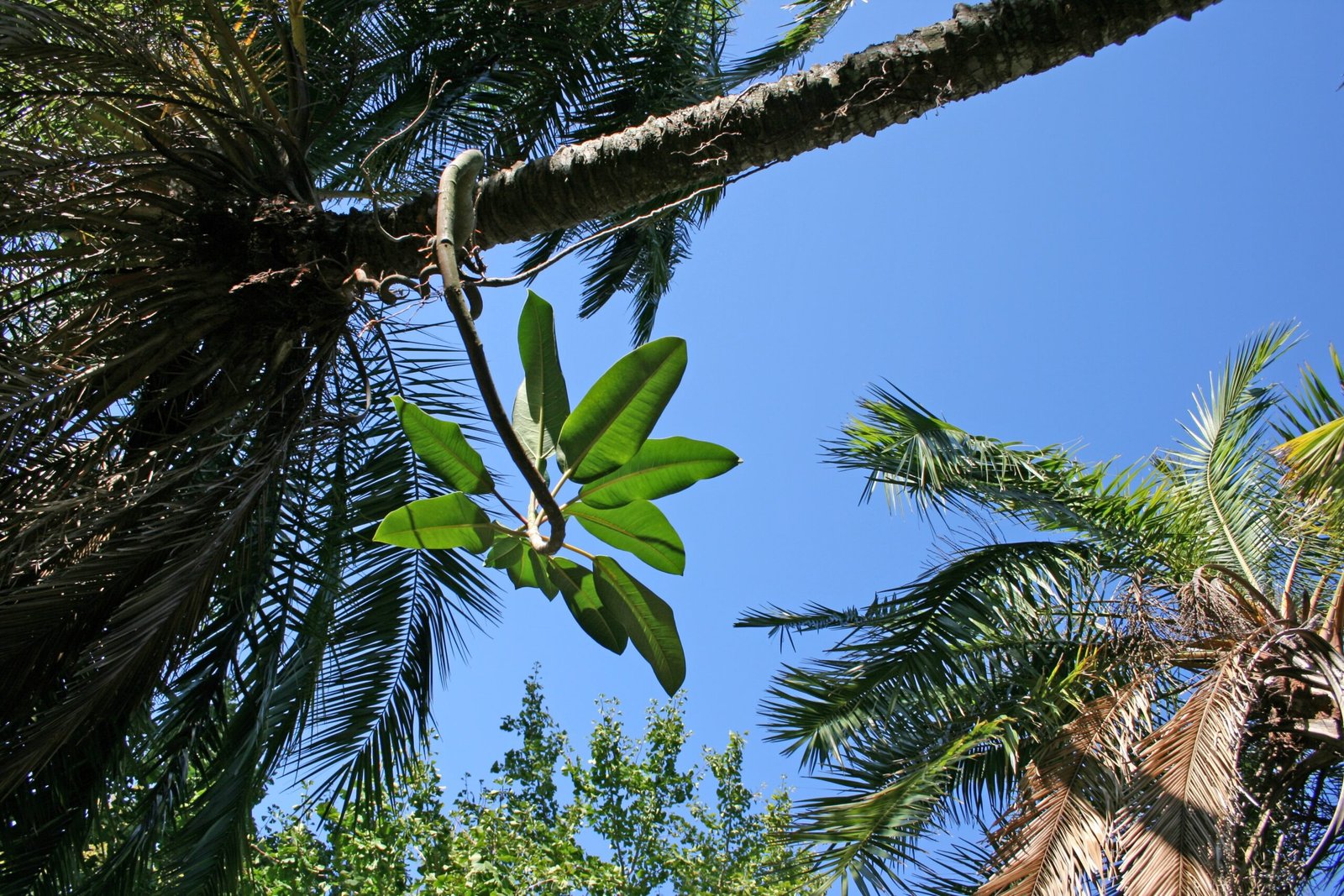
Despite this loss, many palm species did not vanish. Instead, they revealed a remarkable ability to adapt. Some seeds were carried off by flooding rivers, while others found new dispersers in animals like rodents, bats, and even humans. Though none of these replacements matched the efficiency of giant sloths, they proved just enough to keep the palms alive. Over time, palms began to shift their strategies—producing more seeds, evolving slightly smaller fruits, and making do with new helpers in an ever-changing world.
Modern-Day Seed Dispersers: Patchwork Solutions

Today, a variety of animals have stepped into the role once filled by giant ground sloths. Agoutis, large rodents with strong jaws, are known to gnaw open tough palm fruits and sometimes bury seeds, unintentionally planting new palms. Birds such as toucans and parrots occasionally swallow smaller seeds, carrying them to new locations. Even livestock introduced by humans, like cattle and horses, sometimes aid in dispersal by eating palm fruits and passing seeds through their digestive tracts. This patchwork of dispersers may lack the grandeur of the ancient sloths, but it demonstrates nature’s relentless creativity.
The Legacy of Anachronistic Fruits
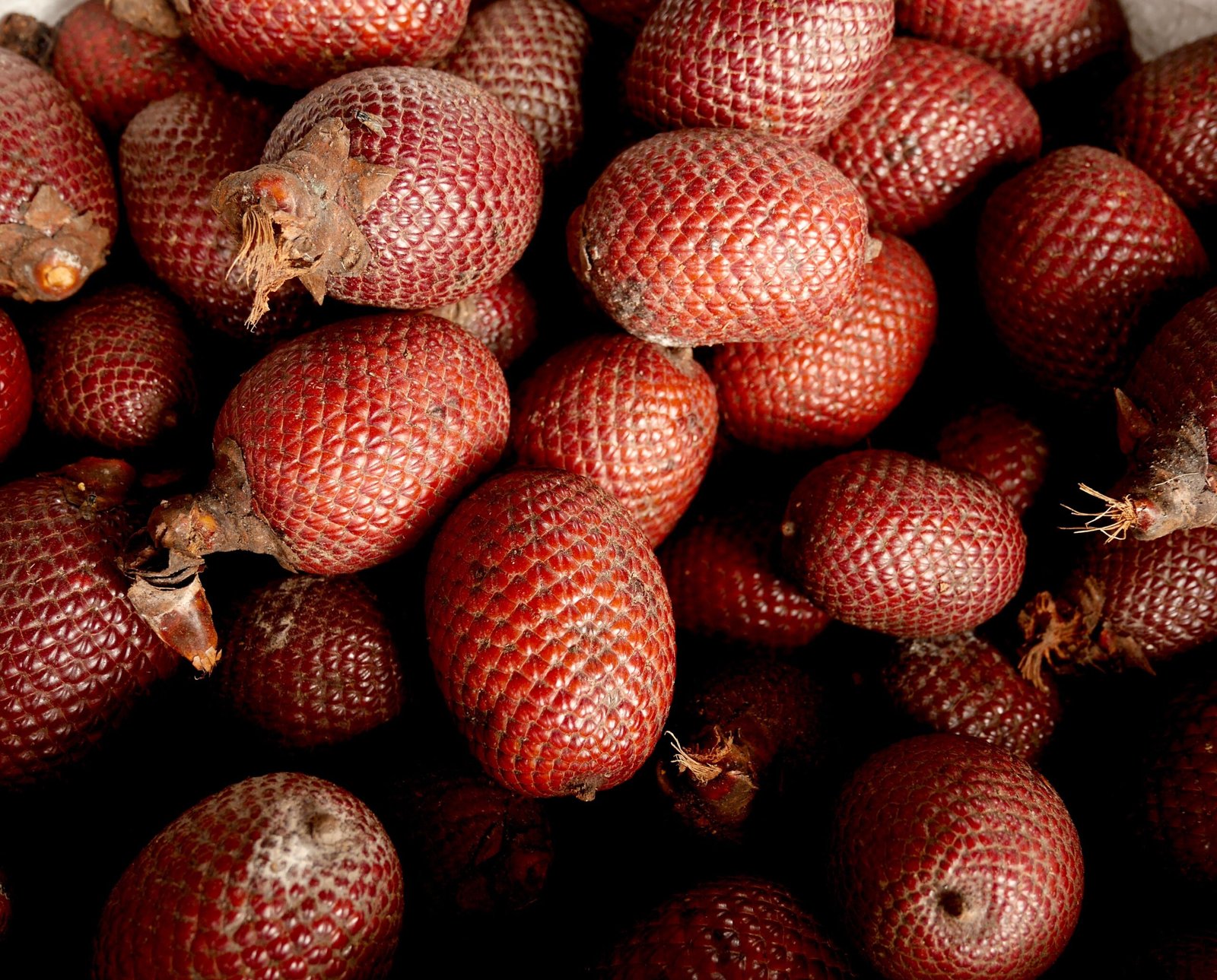
Some palms, like the mighty aguaje and the distinctive guanacaste, still bear fruits that seem almost comically oversized for modern animals. These “anachronistic” fruits are a living echo of the lost megafauna, a reminder of the deep history etched into the DNA of today’s forests. Scientists often marvel at these odd relics, seeing them as natural time capsules—clues to a world where trees and animals were locked in partnerships we can scarcely imagine. The persistence of these fruits invites us to look closer at the stories hidden in plain sight.
Human Intervention: Helping or Hindering?
As humans have spread through the tropics, we’ve become both a threat and an unexpected ally to palms. On one hand, deforestation and habitat loss have pushed many palm species toward the brink, robbing them of the space and resources they need. On the other, people have learned to value palms for their fruit, wood, and beauty, sometimes actively planting and tending them. In some regions, humans now play a role in dispersing palm seeds, bringing the ancient partnership full circle in a new and unexpected way.
Palms as Ecosystem Engineers
Palms are more than just survivors—they’re architects of their ecosystems. Their large leaves create cool, shaded microhabitats, and their fruits feed a host of animals, from monkeys to insects. When ground sloths roamed, they helped shape forests by knocking over small trees, clearing space for palms to thrive. Today, palms continue to influence the structure and richness of tropical forests, even as the world around them changes. Their resilience is a testament to the hidden strength of life.
Clues in the Fossil Record
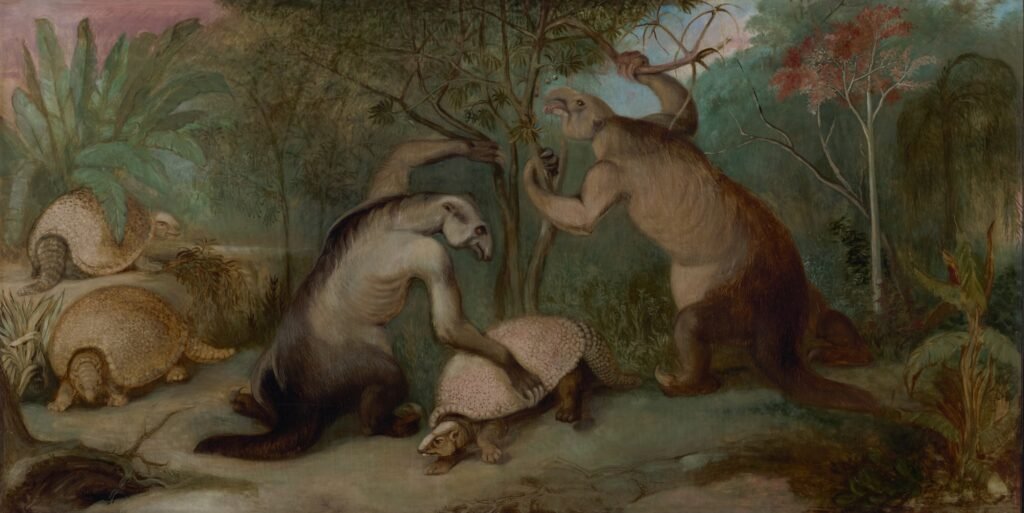
Paleontologists and botanists have pieced together the story of palms and sloths through fossils, ancient dung, and buried seeds. Fossilized sloth dung has been found packed with palm seeds—clear evidence of this ancient relationship. In the layers of sediment, researchers find a vivid record of changing climates, shifting forests, and the rise and fall of mighty animals. Each discovery adds another piece to the puzzle, showing how deeply intertwined these species once were, and how their fates remain forever linked.
The Future of Palms: Adaptation and Uncertainty
Looking ahead, the fate of palms remains uncertain. Climate change, deforestation, and the loss of animal partners continue to challenge their survival. Yet palms have proven themselves astonishingly adaptable, finding new ways to persist in a world that never stops changing. Scientists and conservationists are now working to understand and protect these living relics, hoping to ensure that palms remain a vibrant part of our planet’s future. The story of palms and sloths is a reminder that even when ancient partnerships are broken, life finds a way to endure.
The story of the palms that once fed giant ground sloths is a testament to nature’s resilience and ingenuity. Even after losing their ancient partners, these remarkable trees have found new ways to survive, adapting to a changed world with subtle brilliance. Their story is a living reminder of the invisible threads that connect all life, and the enduring power of adaptation in the face of loss.



